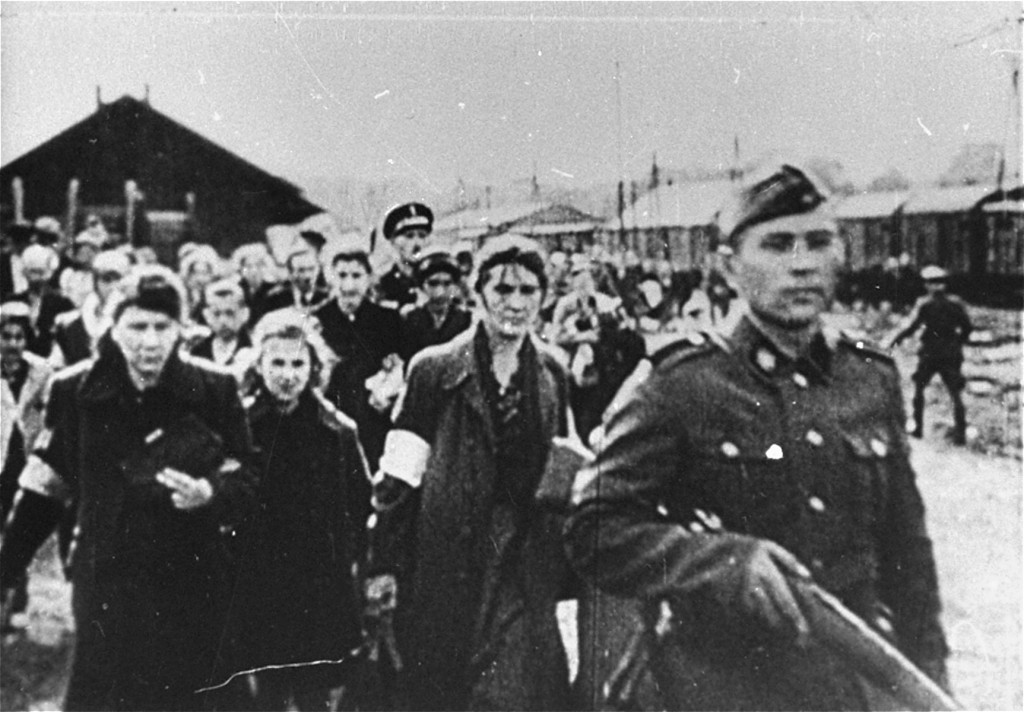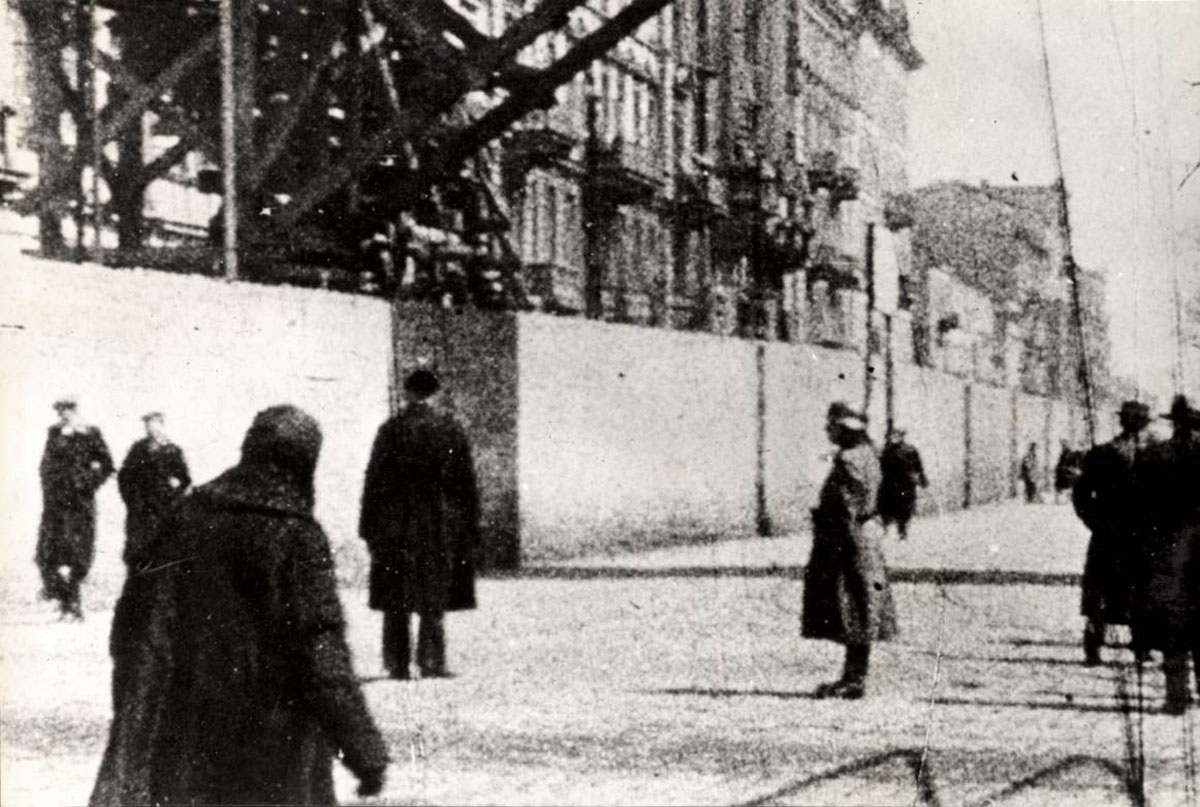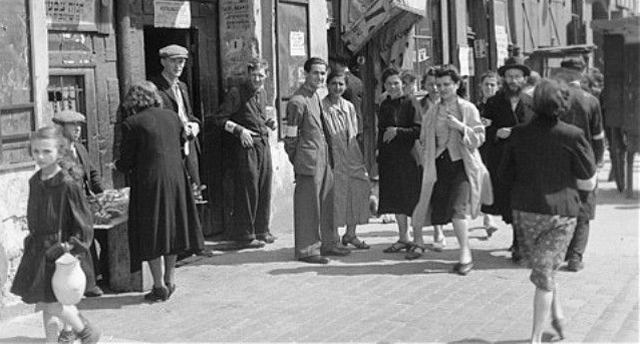
Resilience and Courage. New Haven: Yale University Press.

(2001) In the Ghetto of Warsaw: Photographs by Heinrish Jost. The Emergence of Jewish Ghettos during the Holocaust (2014) New York: Cambridge University 2011. The Jews of Warsaw 1939-1943: Ghetto, Underground, Revolt. The Warsaw Ghetto: A Guide to the Perished City. Voices from a Beleaguered Society, 1939 – 1945. Photo: Yad Vashem Photo ArchivesĬorni, G. Rather than draw up the lists of people to be selected for deportation, he chose instead to commit suicide on 23 July 1942. When Czerniakow received the order for the first deportation, he refused to comply. In 1942 deportation to the Treblinka death camp commenced.

Invariably, the crowded ghetto succumbed to epidemics, starvation, executions and mass deportations. Books, learning, writing, music, and theatre offered some escape from the bitter reality.
#Warsow getto archive
The ghetto had underground libraries, an underground archive called Oneg Shabbat. Artists, musicians and intellectuals found some solace in creativity, and regarded it as a duty to their people to record their tragedy. In spite of their grim living conditions and ghetto restrictions, cultural activity among the inhabitants thrived. When the Nazis sealed the Warsaw Ghetto, the largest of German-occupied Poland’s 400 ghettos, in the fall of 1940, the Jewsthen 30 percent of Warsaw’s populationwere forced into 2.4 percent of the city’s area. Money and food had the power to postpone death, if only for a short time. Smuggling, while illegal and punishable by execution, thrived, as in many cases survival was contingent upon it.

Those with money sought to buy food and rudimentary medical supplies on the black market, and sometimes to pay bribes for a temporary reprieve from forced labour or deportation. Many starved to death or succumbed to disease. Within the ghetto walls life was a struggle for survival. Moshe Arens Cover of Irena Sendler and the Children of the Warsaw Ghetto. Imprisoned by brick walls which they built under often-brutal guard, the Jews of Warsaw were isolated from the outside world, including from the non-Jewish Polish population and other ghettos across Poland. Flags Over the Warsaw Ghetto: The Untold Story of the Warsaw Ghetto Uprising. As elsewhere, a Judenrat (Jewish council), was instated to administer to the needs of the occupants and implement the directives of the Nazi leadership. It was the largest ghetto established by the Nazis. The Warsaw Ghetto was established on 15 October 1940.


 0 kommentar(er)
0 kommentar(er)
